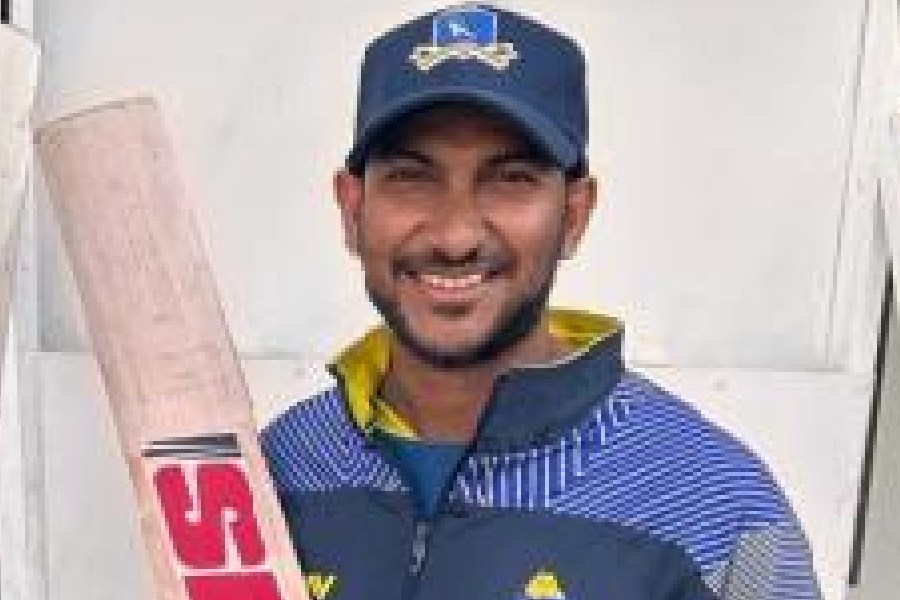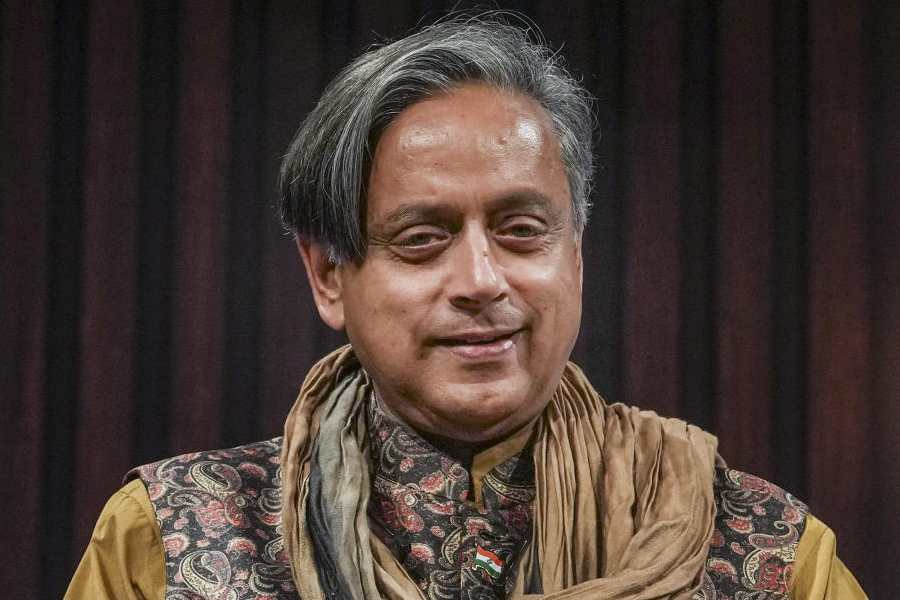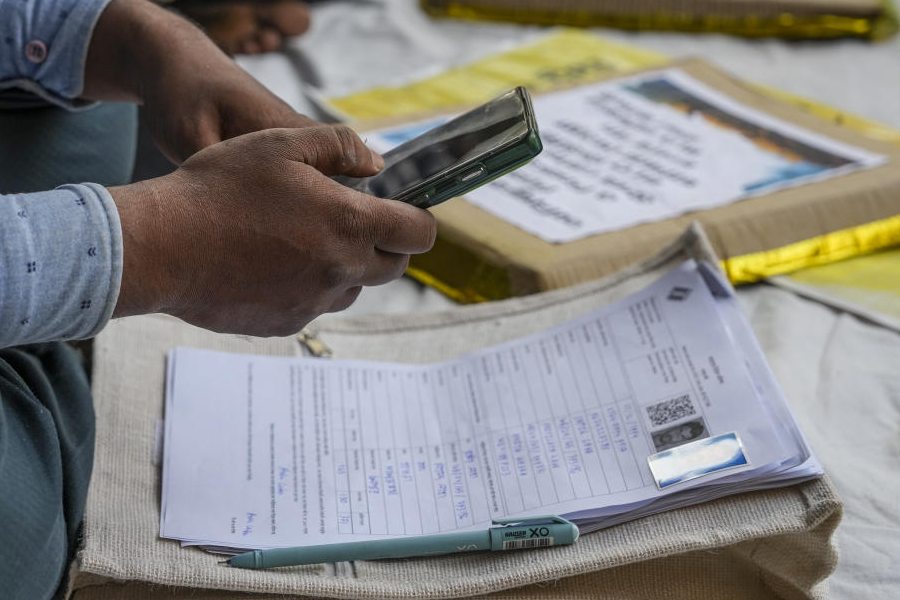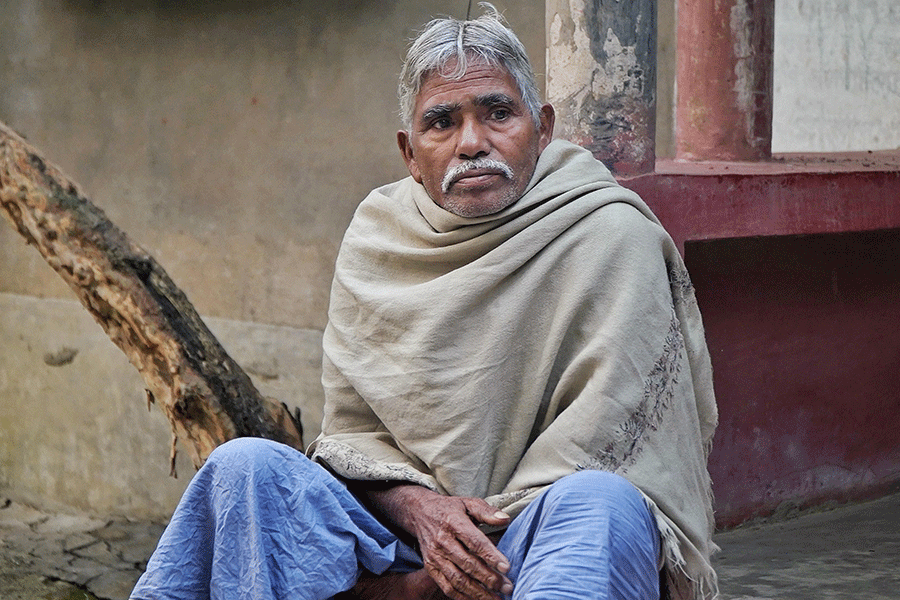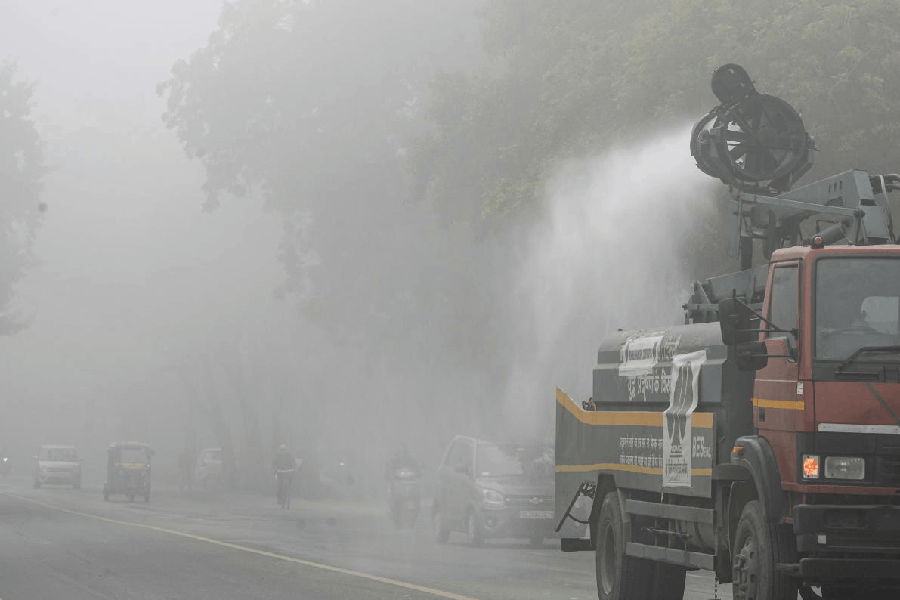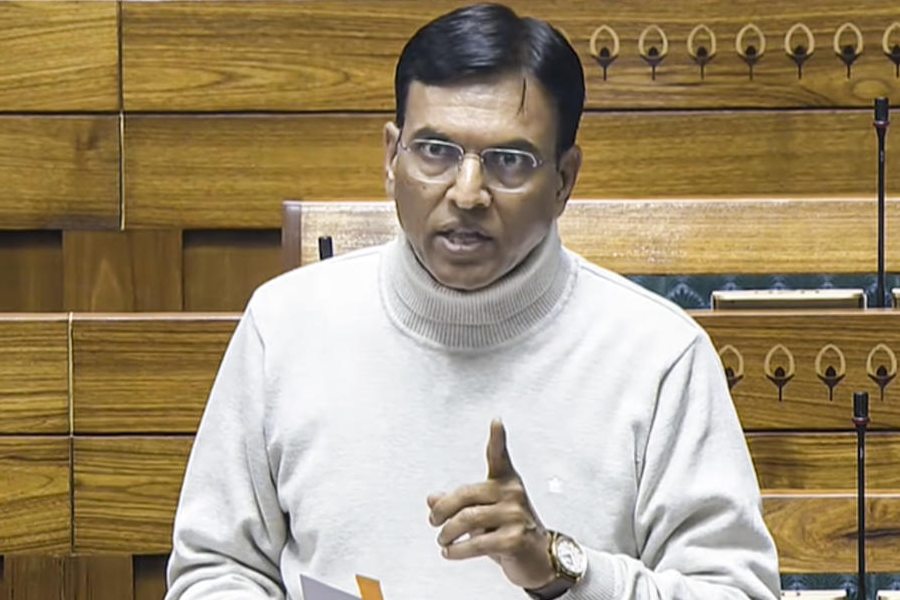The last time Bengal won a major trophy in the domestic circuit was way back in the 2011-12 season when they were the champions in the Vijay Hazare Trophy. As another season beckons, senior player and Ranji Trophy captain Anustup Majumdar believes that the state association must relook at its infrastructural investments to lift the standards of the state team.
Anustup pointed out that a significant barrier is that the Cricket Association of Bengal (CAB) does not have its own ground. “Eden Gardens is the property of the Army. The Jadavpur ground is JU (Jadavpur University) property, Kalyani is the University’s property. If you don’t have grounds, what infrastructure can you develop?” Anustup told The Telegraph.
The Board of Control for Cricket in India (BCCI) recently launched a state-of-the-art Centre of Excellence (CoE), while other state associations have heavily invested in their facilities in recent years. Bengal lacks there as well.
“In our state, there’s no such development centre. Six-seven years ago, a new indoor gym was made at Eden Gardens. That’s it. There’s no new ground, nor any new pitch… Off-season, we can’t practise at Eden Gardens or Jadavpur.”
Basic player welfare also needs to be looked at, Anustup said. “Part of the management’s job is making sure the players are living properly,” the veteran player said, giving examples of junior players living in closed dormitories, where facilities need a facelift.
Lack of long-term player planning has also hurt the prospects of the team. With senior stalwarts Manoj Tiwary and Wriddhiman Saha retired, and Ansutup, 41, himself in his sunset years, there are berths available. “But to occupy that, you have to be consistent. Management will keep finding players, but until you play a match-winning knock, people don’t trust you,” Anustup observed.
“For example, last year, there was a conversation about whether to pick Sarfaraz (Khan) or (Abhimanyu) Easwaran in Team India for the England home series. Some of the selectors gave a good, valid reason for picking Sarfaraz. In 4-5 years, Bengal played two finals and 9 knockout matches. Easwaran got only one fifty. In comparison, Sarfaraz had three centuries, two fifties, a hundred in a final. Sarfaraz has a much greater impact. You have to play an impactful innings.”
Anustup also highlighted the importance of nurturing talent and not discarding a youngster after a few failures. “Of course, he can fail once, but he won’t fail all his life. We have to guide him and give him confidence.”
While the Bengal women’s team has shown progress, producing national stars such as Richa Ghosh and Saika Ishaque, the men’s team struggles to capitalise on semi-final and final appearances.
“We have to improve our mindset, especially our local Bengali players. It’s about wanting to belong to a higher level; that’s what brings about a huge change. Shahbaz showed it, Sudip Gharami didn’t. We all had expectations from him; he couldn’t live up to them, but he still has time.”
There are also issues of administrative fatigue, which lead to delays in players receiving prize money and, at times, a lack of off-season support. “I have many times informed the last (CAB) president and the current one of various things — what difficulties I have faced as a player, so that my juniors don’t face them and can quickly grow better,” Anustup said.
On the individual front, Anustup hopes to remain injury-free this season as he and his team renew their quest for the Ranji crown. Even at 41, Anustup remains one of the batting mainstays of the team. Perhaps, therein lies the problem.
The writer is an intern with The Telegraph

